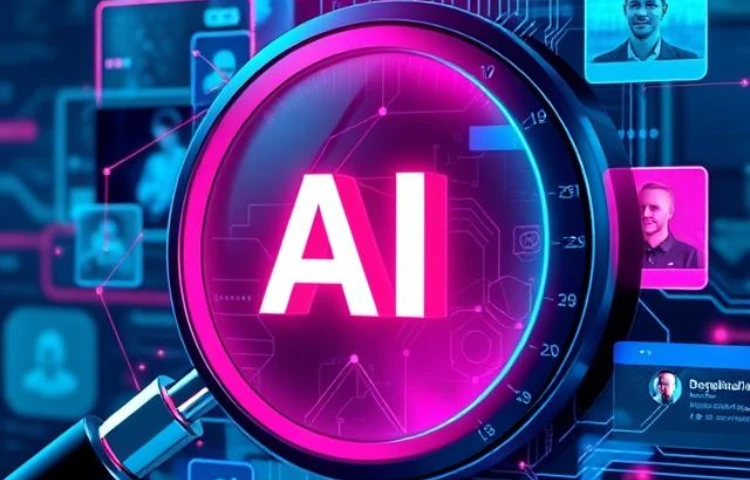

Prefer to listen instead? Here’s the podcast version of this article.
Artificial intelligence (AI) continues to evolve at a rapid pace, with generative AI leading the charge in transforming various sectors. This technology, which enables machines to create content such as text, images, and music, is not only enhancing creativity but also driving efficiency across industries. Let’s delve into some of the latest developments and their implications.
The rise of AI-powered search tools is challenging the conventional “ten blue links” model of search engines like Google. According to Adobe’s research, AI search experienced a 1,950% increase in usage during Cyber Monday 2024. Users are engaging more with AI search results, leading to longer sessions and lower bounce rates compared to traditional methods. This shift indicates a move towards more interactive and personalized search experiences. [The Verge]
Investors are keenly observing the integration of AI in consumer technology, especially within social apps and dating platforms. With platforms like TikTok and Instagram facing challenges, there’s a surge in AI-driven applications targeting Gen Z and Gen Alpha users. These applications focus on personalization, allowing users to share and track digital activities, signaling a shift towards niche social networks. [Business Insider]
At the Mobile World Congress in Barcelona, Chinese companies showcased innovative AI applications. For instance, China Unicom introduced a photo station that transforms snapshots into historical figures using its Yuanjing large language model. Additionally, iFlytek demonstrated an AI tool capable of generating short movies from minimal input, highlighting the creative potential of AI in content creation. [Financial Times+1The Irish Sun+1]
The traditional approach of scaling AI models by increasing data and computing power is being reconsidered. Emerging “reasoning” models, such as OpenAI’s o1 and Google’s Gemini 2.0 Flash Thinking, require less pre-training, potentially reducing infrastructure investments. This paradigm shift emphasizes efficiency and could significantly alter the trajectory of AI development. [Business Insider+1365 Data Science+1]
Creative professionals, including photographers and translators, are experiencing the disruptive effects of AI. For example, AI-generated images, though sometimes inferior, are more cost-effective and faster to produce, impacting traditional photography. Similarly, AI translation tools have reduced the demand for human translators, prompting professionals to adapt and explore new avenues. [The Guardian]
The generative AI wave is moving fast and reshaping industries from search engines to creative fields. Whether it’s powering next-gen search tools, personalizing social media platforms, or enabling new creative outputs in photography and filmmaking, AI is driving unprecedented change. Yet, alongside the excitement, there’s a clear trend towards making AI more efficient and accessible—reducing the heavy lift of massive infrastructure while unlocking smarter, more “reasoned” models.
For businesses and creatives alike, the message is clear: adapt or risk being left behind. As AI rewrites the rules, staying ahead means embracing this tech not just as a tool but as a partner in innovation.
WEBINAR